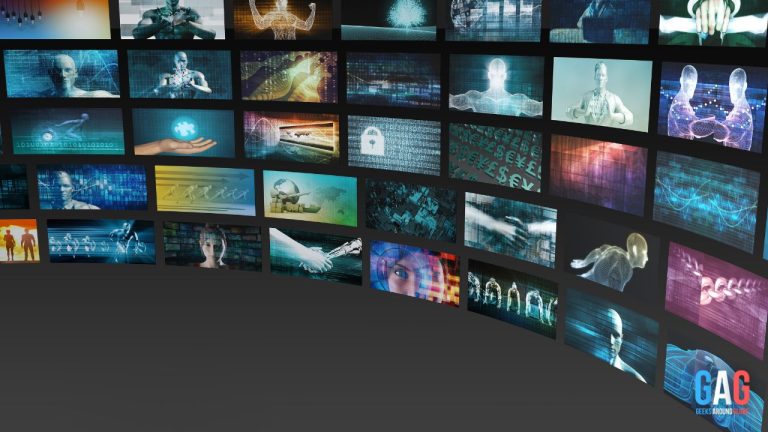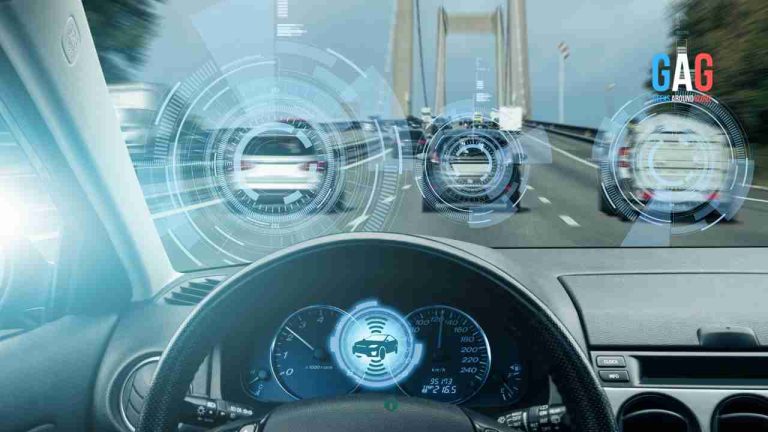This AI robot is shaping the future of STEAM education by engaging students in real-world problems and providing inquiry-based learning.
It encourages innovation with the latest technology.
The DJI RoboMaster EP Core is a successor to RoboMAster S1. This adaptable AI robot is breaking the walls of traditional education, here is why.
- Equipment
Robotic arm and Gripper
The incredibly flexible and compact Robotic arm and durable Gripper are new additions, which did not exist in the previous version. The arm has precise FPV control which allows students to work outside their line of sight. The gripper has a convenient structural design and adjustable gripping force allowing it to grasp and move objects of many measurements.
Mecanum wheels
These wheels, though not a new addition to the robot, never fail to amaze us with 12 rollers in each wheel so that it can move in all directions with precision and versatile motion.
High-Performance Servo and Motor
The servo provides high control accuracy and large output torque. It can also power the arm to build lifting structures. It supports custom control through the EP core’s main control board. The custom motor comes with Linear Hall- effect sensors which allow closed-loop control.
Intelligent controller
It coordinates transmission effortlessly to execute command signals. It uses a powerful CPU to support multiple functions simultaneously. Some functions include AI Computing and Programming development.
Infrared distance sensor
This sensor empowers the student’s comprehension of advanced autonomous driving principles by sensing its environment and avoiding obstacles.
- Compatibility
3rd party hardware- legos and 3D printed objects
Connect building blocks, 3D models and more, to stimulate the student’s imagination and build custom programs.
3rd party open-source hardware
Third-party open-source hardware like Micro:bit, Arduino, Rasberry Pi expand accessibility and provide a wide base of functions with ease of access.
AI platforms
Enhance understanding of AI operation with NVIDIA Jetson Nano and official DJI SDK which perform model training and scene recognition.
3rd party sensors
Four sensor adapters allow connection and power to third party sensors for inputs like temperature, pressure, distance, etc. This data can be used in Scratch as well.
- Real World AI implementation
Video and Audio Streaming Data
Achieves Better recognition with stabilised images, gives in-depth learning projects like data analysis.
Swarm and Attitude data
The gyroscopes on the chassis collect attitude data for flexible coding. Have fun with Multi-machine communication by connecting many EP cores to one computer.
Simple AI Tasks
Identifies, senses and tracks motion. Avoids obstacles. It is a brilliant goalkeeper and plays fetch.
Software programming platform
Scratch and Python, Low latency Hd FPV, get custom UI by coding virtual widgets in Python.
- Teaching resources
Custom learning material
DJI provides the full package of Robotics education. It comes with a custom curriculum, a fun testing–competition database and tailor projects. The teachers also get lecture slides, lesson plans, worksheets and handouts which are easy to follow for all ages.
Competitions
Competitions are quick and efficient to test and gauge the learning of the students in an exciting method. The competition database offers simple rules for a box of competitions.
Activities and Events
Students and teachers alike can take advantage of many training workshops and communities worldwide. DJI makes many efforts in the STEAM education field.
Partners
University of New South Wales and the Science Centre Singapore favour students who participate in RoboMaster camps. Together with DJI, these institutions bring forth the best of STEAM education into the classroom.
This incredible AI robot is loved by students, teachers and robotic enthusiasts alike. It is a game-changer in its field, not only helping students get live experience but also making them more enthusiastic to come and play with their new toy every day.







